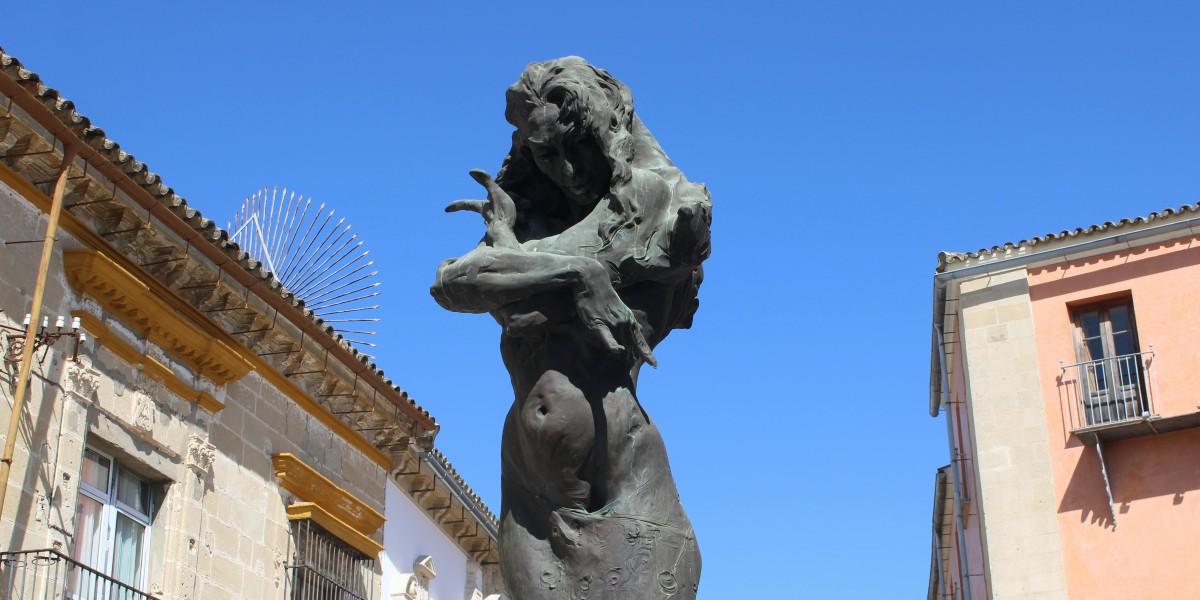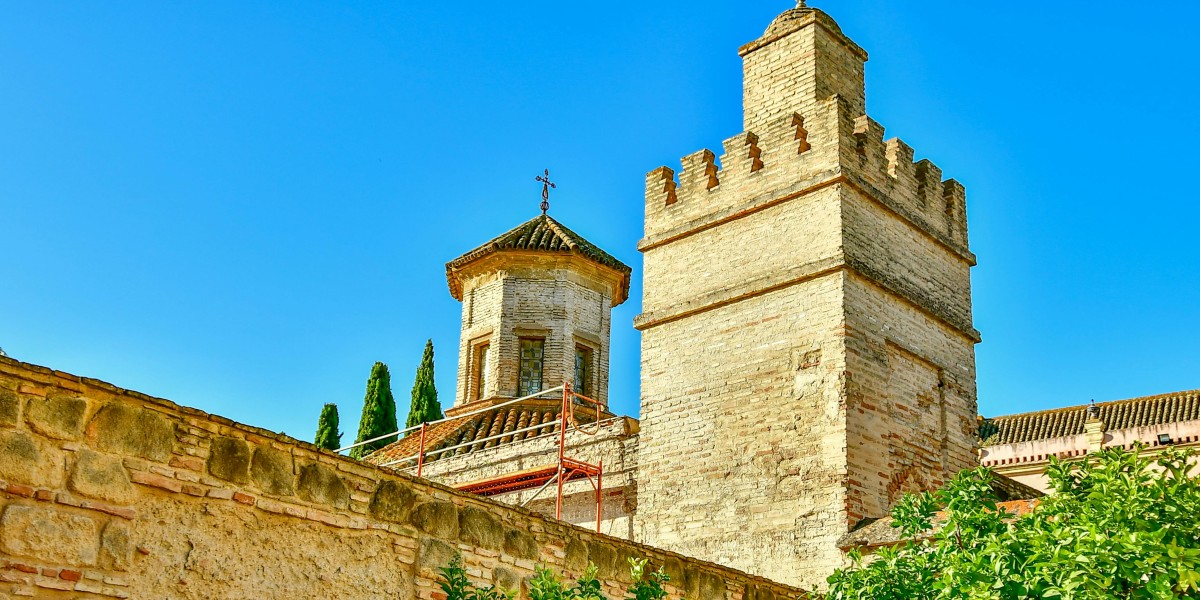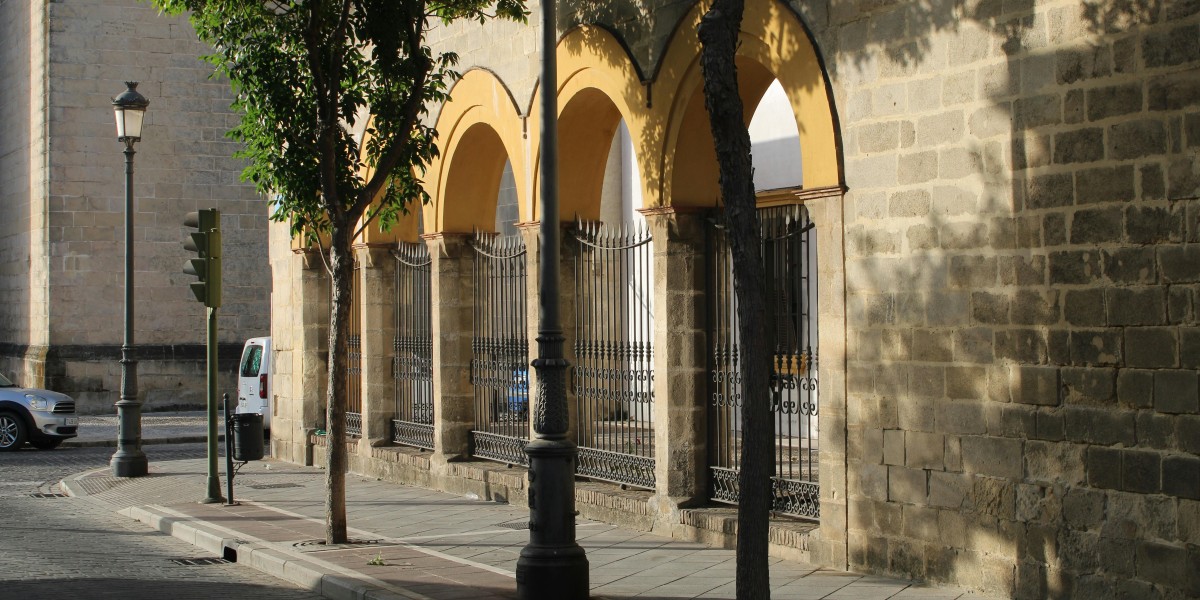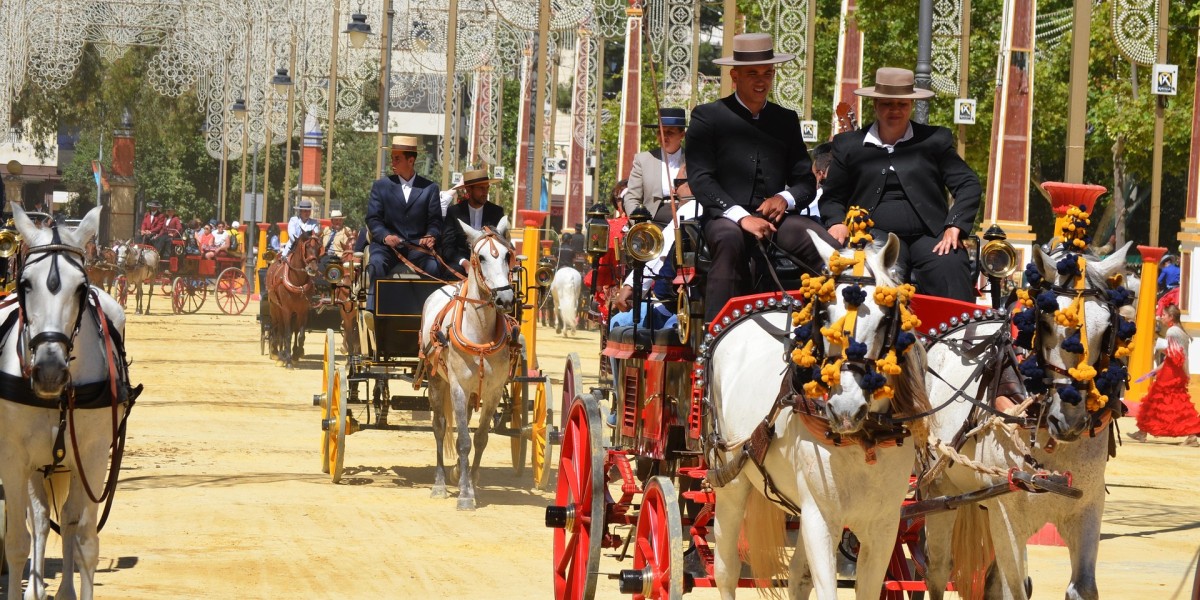
This sunny Andalusian city in southwestern Spain is best known for its amazing sherry, flamenco, and those beautiful Andalucían horses. You'll find Jerez tucked between Seville and Cádiz, close to the Atlantic coast but away from the crowds.
With a population of about 215,000, it's big enough to have plenty going on, but small enough that you’ll quickly start seeing familiar faces at your favourite bar. If you’re keen on soaking up authentic Spain, regular fiestas, and laid-back afternoons in the plaza, living in Jerez may be for you.
- What is Jerez de la Frontera famous for?
- Is Jerez de la Frontera a good place to live?
- Jerez de la Frontera: what to see
- Living in Jerez de la Frontera: pros and cons
- Cost of living in Jerez de la Frontera
- Where to live in Jerez de la Frontera
- Expats living in Jerez de la Frontera
- Retirement in Jerez
- Jerez vs. Cádiz
- Moving to Jerez
- Living like a local in Jerez
What is Jerez de la Frontera famous for?

Jerez de la Frontera is the birthplace of sherry wine, and it’s impossible to walk through the city centre without spotting the grand old bodegas with their colourful murals and barrels stacked high. The town is mad about the Pure Spanish horses, hosting brilliant 'dance' shows that let you see these purebred Andalusian animals (and their riders) elegantly strut their stuff. Flamenco is another big part of local life, with bars and small clubs offering the chance to hear soulful singing or watch dancers up close.
There’s also the annual Feria del Caballo, where the whole city turns out in traditional dress for a week of music, food, and (of course) horses. Even if you just fancy wandering, the old town is packed with small piazzas, palm trees, and decorated facades—each corner with its own bit of history.
Is Jerez de la Frontera a good place to live?

There’s a real sense of community in Jerez, and it won’t take long for neighbours or bartenders to start greeting you by name, especially if you hang around the same places. Weather-wise, it’s very much sun hats and sunglasses most of the year, with long, mild evenings and only the odd rainy day in winter. People here take their time (and their food) seriously—late breakfasts, big lunches, and relaxed socialising are standard.
If you enjoy heading out, weekends often mean a trip to a beach in El Puerto de Santa María (about 20 minutes in the car) or cycling up to the nearby hills. The city isn’t flooded with international brands or big malls, but you will find open-air markets, plenty of tapas bars, and regular cultural stuff going on. You won't find it hard to find small concerts, local art shows, or neighbourhood fairs.
Jerez de la Frontera: what to see

If you’re the type who loves a bit of history, you’ll enjoy poking around the Alcázar of Jerez, a centuries-old fortress with genuinely impressive views from its towers—the sort of place that makes you want to bring a camera. Just around the corner, the Jerez Cathedral catches the afternoon light in a way that stops you in your tracks (especially if you end up there after a long lunch).
Wine fans should look up a bodega tour—Tío Pepe and González Byass are as popular with locals as they are with visitors, and tastings are always a highlight. You’ll also bump into tiny flamenco venues, neighbourhood tapas spots, and wider tree-lined streets leading into the old squares—perfect for a lazy stroll. If you want to see the equestrian side of things, the Royal Andalusian School of Equestrian Art puts on regular – and genuinely impressive – horse shows.
The Circuito de Jerez – Ángel Nieto is a renowned motor racing circuit just outside Jerez de la Frontera, famous for hosting international MotoGP and Superbike events. Visitors can catch high-speed races, book guided tours of the facilities, or even experience track days and driving experiences for motorsport enthusiasts.
Living in Jerez de la Frontera: pros and cons

No place is perfect, but Jerez does many things well. Some of the good bits:
- It’s not too pricey. Renting or buying here costs less than in bigger Spanish cities.
- There’s always something happening, especially if you’re into local traditions or music.
- It’s the kind of spot where you can build up real friendships with both locals and other expats.
What can be tricky:
- Not everyone speaks English. If you don’t know Spanish already, you’ll need to pick up at least the basics.
- If you’re looking for big-city nightlife or lots of fancy shops, you might find things a bit too quiet at times.
Cost of living in Jerez de la Frontera

Jerez is easy on the wallet compared to places like Madrid or Barcelona. Monthly rents in Jerez for a decent city-centre apartment hover around €700-€800 for an 80m2 apartment as of April 2025. A coffee will set you back about €1.30, beers are usually €2.50, and eating out at a local spot often runs about €12 for a full menu del día. Utilities for an average flat are roughly €115 per month.
A single person can live comfortably on around €1,000–€1,200 a month here, depending on how much you eat out or travel. This is slightly lower than in larger cities in Spain, where the money you need to live comfortably can rise to over €2,000 per month.
Apartments for sale in Jerez de la Frontera
You can pick up a good-sized flat for, on average, €1,575 per square metre if you’re buying property in Jerez. This is considerably more affordable than property in other parts of the province of Cádiz, such as Sotogrande, Tarifa or Zahara de los Atunes.
Apartments for sale in Jerez de la Frontera come in all shapes and sizes, from classic white-washed, low-rise buildings in the older parts of town to more modern new builds and duplexes with contemporary finishes.
Where to live in Jerez de la Frontera

Jerez de la Frontera has something for everyone, with each area offering its own vibe. The centre is full of old-town character, busy squares, and tapas bars. To the north, residential zones are popular with families thanks to local schools and parks. The east attracts young professionals with its modern flats and sports facilities, while the south is known for its budget-friendly homes, neighbourhood markets, and authentic local life.
Santiago
Jerez’s flamenco heartland, famous for its lively music scene, colourful festivals, and authentic Andalusian atmosphere. The neighbourhood’s winding streets are dotted with peñas, historic churches like Iglesia de Santiago, and traditional houses that give a real sense of local life.
San Mateo
Sits in the northern part of the old town and is one of Jerez’s oldest quarters. This neighbourhood is known for its quiet cobbled streets, stately plazas, museums such as the Palacio del Tiempo, and a handful of quirky tapas bars.
San Dionisio
A bustling central neighbourhood that blends historic character with city life. Anchored by the lively Plaza de la Asunción, this area offers easy access to local shops, traditional bakeries, and city landmarks like the Church of San Dionisio. It’s a popular pick for those who want everything within walking distance.
La Granja
A primarily residential area that’s popular with families and those seeking a quieter lifestyle. Here, you’ll find spacious parks, handy local shops, and a friendly community feel, all just a short distance from the city centre.
Expats living in Jerez de la Frontera

There isn’t a massive expat scene here like in places along the Costa del Sol, but you’ll find a friendly community from Britain, Germany, the Netherlands and further afield. Many are either happily retired or working remotely, and you’ll see regular meet-ups at local cafés or language exchange nights.
If you’ve got kids, you’ll probably get to know other foreign families through the international schools, such as El Altillo and Sage College. There’s a growing number of Facebook groups and WhatsApp chats where newcomers can ask practical questions or arrange meet-ups.
Is Jerez de la Frontera safe?
Most people here feel safe walking around, even at night. Petty crime does exist—like any city—but it’s not something most locals worry about a lot. The main thing is just your usual street-smart stuff: keep an eye on your bag at big festivals and around busier squares.
Can you drink the tap water in Jerez de la Frontera?
Tap water here is safe and meets all EU standards, though some folks prefer bottled water because of the taste.
Retirement in Jerez

For retirees, Jerez ticks quite a few boxes—mild winters, loads of cultural events, and everything you need within easy reach, from clinics to golf courses.
English isn’t spoken everywhere, so picking up some Spanish will make things smoother (plus, locals appreciate the effort). You won’t be bored: wander the old town, get into sherry tasting, or join one of many social clubs whose doors are open to foreigners. The cost of living is a big plus, too—you can get far more for your money here than in many other European spots.
Jerez vs. Cádiz
Jerez and Cádiz are so close that you can pop back and forth in under half an hour by train. But they feel different. Jerez is all about horses, sherry, and tradition—a city where you really do get to know your neighbours. Cádiz, meanwhile, is a proper coastal city. It’s famous for its beaches and has a bit more of a holiday vibe, especially in summer.
Property prices in Cádiz, especially for property right by the sea, are higher than in Jerez. Some expats prefer Jerez for the “real Spain” experience and quieter pace, while others love Cádiz for the sea views, buzzing atmosphere, and easy beach access.
Moving to Jerez

The quickest way to feel at home in Jerez? Join in. Locals love newcomers who throw themselves into the feria, try flamenco classes, or even just order their tapas in Spanish.
Bureaucracy can take time here, so patience (and maybe a bit of humour) will serve you well if you’re sorting out paperwork. Don’t be afraid to ask for help; people are usually happy to point you in the right direction.
Living like a local in Jerez
- Try a different bodega or tapas bar each week—there are plenty, and it’s a good way to make friends.
- Sip on a glass of sherry in a tabanco - traditional Andalusian taverns where locals gather to enjoy sherry straight from the barrel, along with simple tapas and often a bit of live flamenco.
- Learn a few basics in Spanish—it’s a lifesaver in day-to-day life.
- Explore neighbourhood markets for the best produce and freshest seafood.
- Embrace the local schedule. Lunch is late, everything slows down mid-afternoon, and evenings run long.
